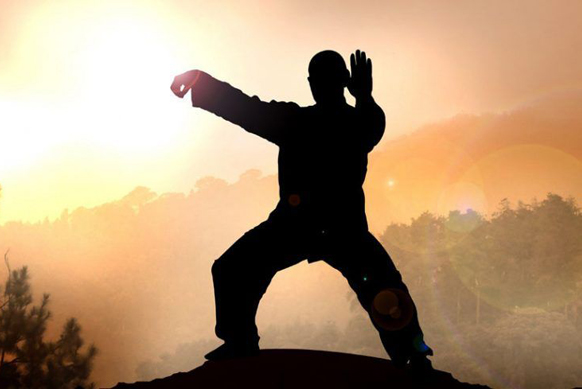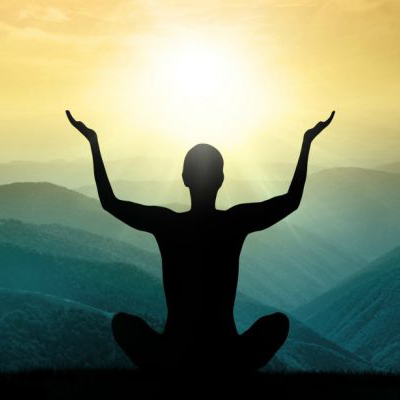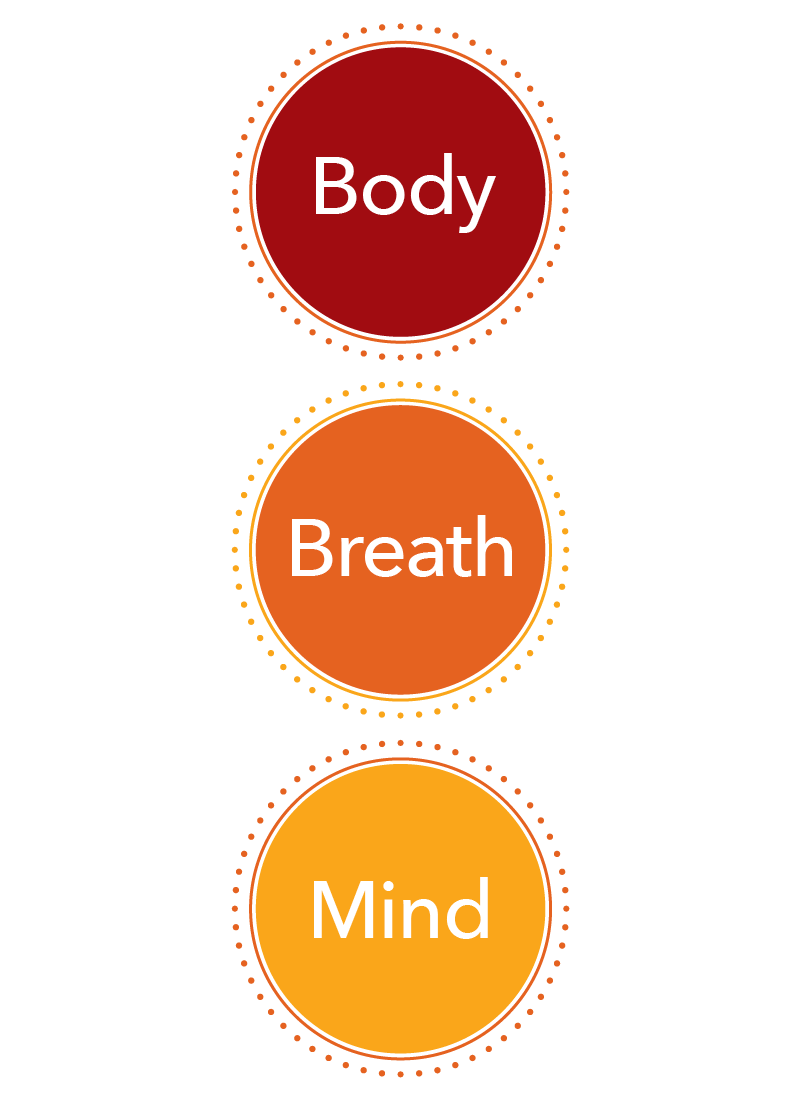Body - On the physical level, Qigong employs soft flowing bodyweight movements designed to stimulate the acupuncture meridians and the associated organs. The movements are designed to move blood and oxygen throughout the body facilitating the release of tension and friction in the muscles, joints and connective tissue that leads to physical degeneration.
Breath - Qigong combines these movements with long, slow, deep and even diaphragmatic breaths. The breathing concept is called "beating and drumming the Qi". The combination of the specific physical movements and the controlled breathing pattern serve as crutches to connect the mind to the present moment, training mental focus.
Mind - All movements and exercises have a specific visualization or mental intention that adds another layer of focus to the practice. This turns the entire workout into a moving meditation. The movements may be soft and gentle, but the healing effects of Qigong practise can actually be quite powerful. Here are but just a few of the many positive effects of Qigong training.
BOOK A FREE CLASS





